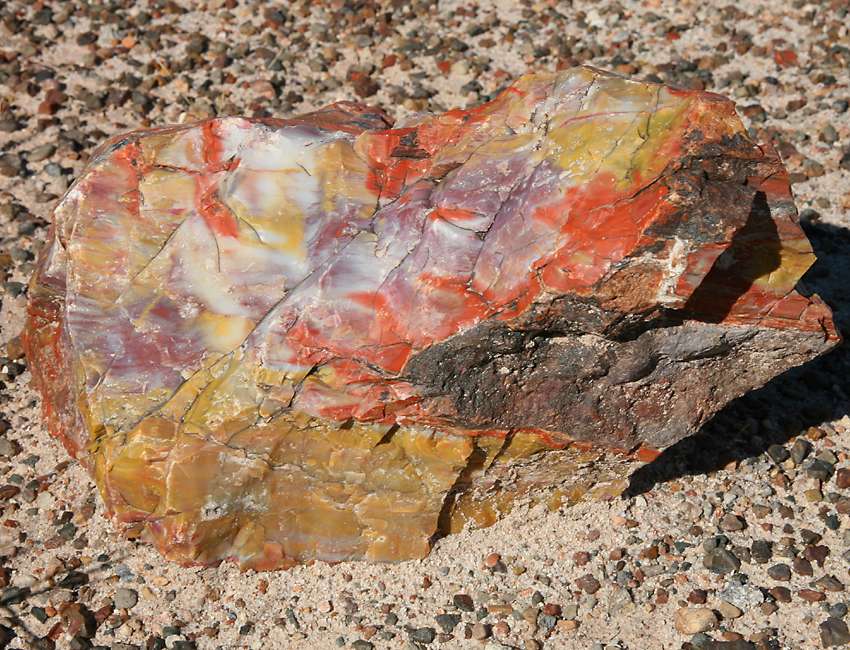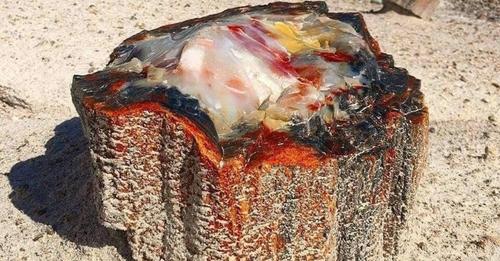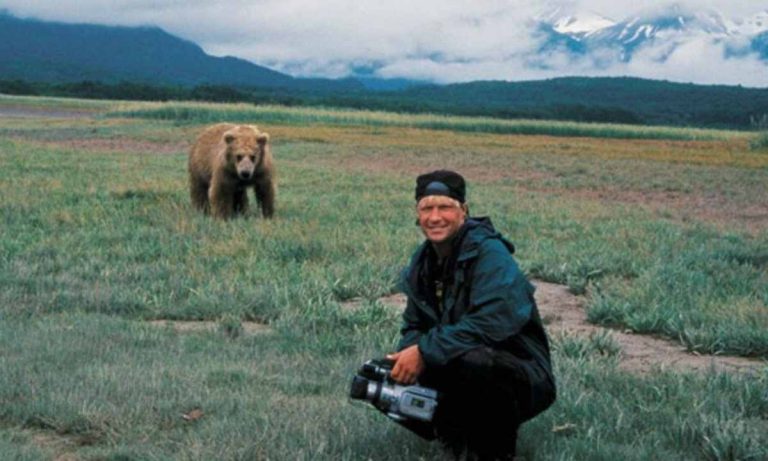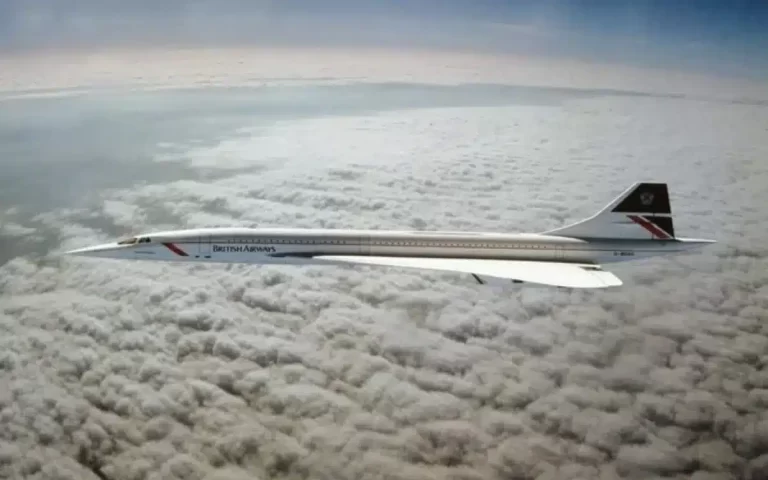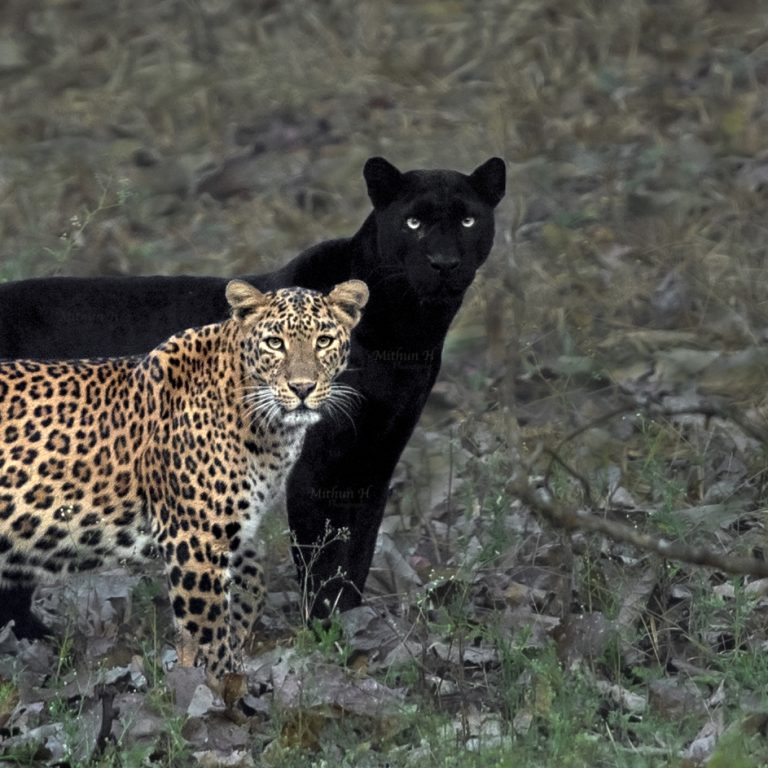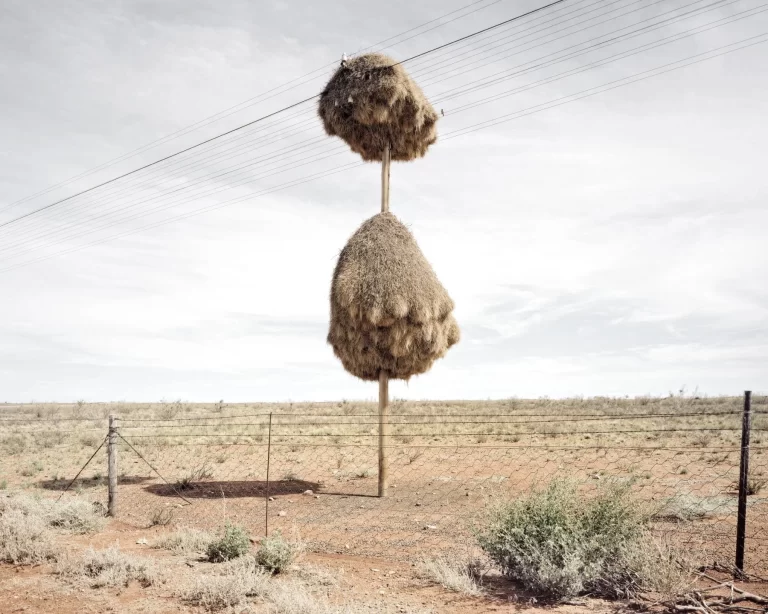Petrified Opal Tree Trunk Situated In Arizona Its About 225 Million Years Old
Ever wondered how the wood turned into those stunning petrified trees in Arizona’s forests? Scientists think this petrified wood is incredibly old, dating back to prehistoric times. But how did it happen? Let’s find out. What exactly is petrified wood, and how does it form?
Fossil wood forms when plants get buried under sediment. Being deep in the ground protects the wood from rotting caused by oxygen and organisms.
As the wood sits in water, minerals in the groundwater seep into the sediment, replacing the plant material with minerals like silica, calcite, and pyrite. Sometimes, even rare minerals like opal can replace the wood.
This process creates a fossil that still shows details of the original tree bark, wood, and cells.
One famous spot for these petrified trees is the Petrified Forest National Park in Arizona. This area was once a lush forest about 225 million years ago, filled with huge coniferous trees.
When these trees fell or broke, they got buried under layers of sediment carried by rivers. Nearby volcanoes also erupted, covering the area in ash and silica.
The quick burial prevented anything from decaying or moving in, including oxygen and insects. Over time, groundwater dissolved the ash, turning it into silica that replaced the plant debris, forming petrified wood.
Other minerals like iron and manganese also seeped into the wood, giving it different colors. This process created the colorful Chinle Formation.
Millions of years later, erosion uncovered the petrified wood, which was much harder and more resistant to weathering than the surrounding mudrocks and ash deposits.

The park is pretty big, covering an area of 146 square miles. It’s dry and windy most of the time, but since it’s 5400 feet above sea level, it’s not as hot as lower desert areas. Instead of cacti and other desert plants, you’ll mostly see grass here.
But the main reason people come here is to see the petrified trees. These trees grew about 225 million years ago when this part of Arizona was lower, near the shores of a big sea to the west.
Besides the trees, lots of fossilized animals have been found here, like clams, freshwater snails, big amphibians, reptiles that looked like crocodiles, and early dinosaurs.
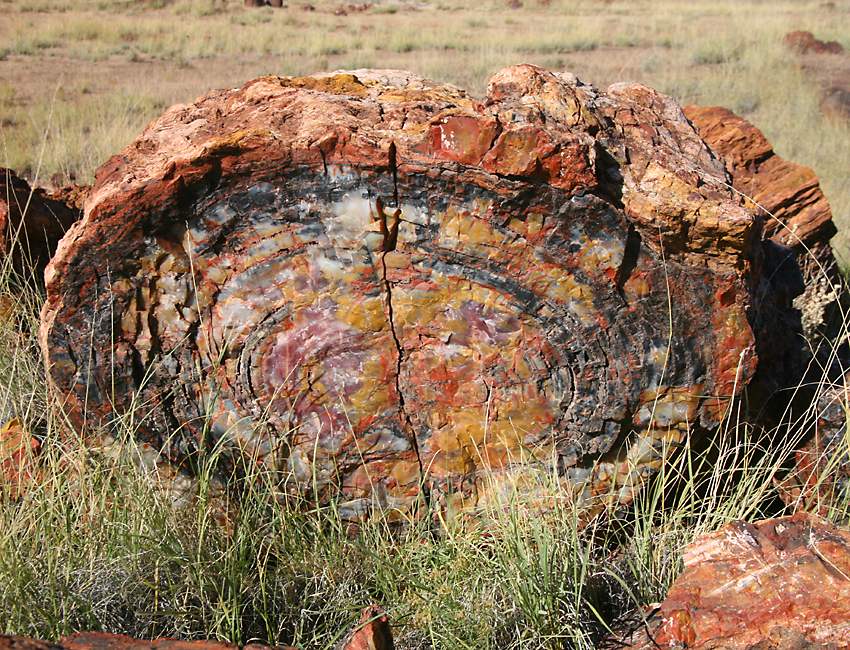
The silica in the logs crystallized into quartz, but often iron oxide and other minerals were mixed in, producing extraordinarily beautiful kaleidoscopic patterns and colors.
